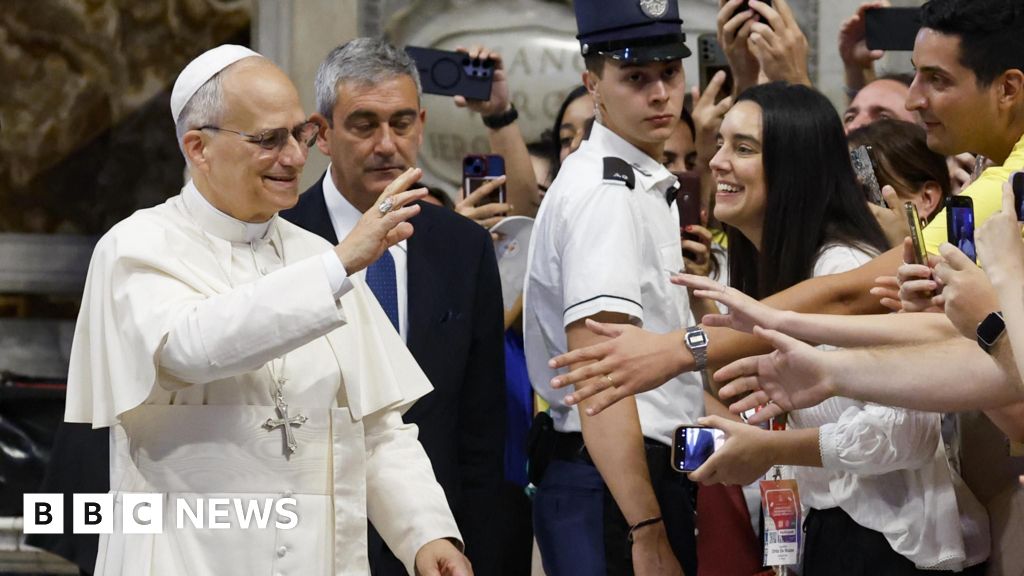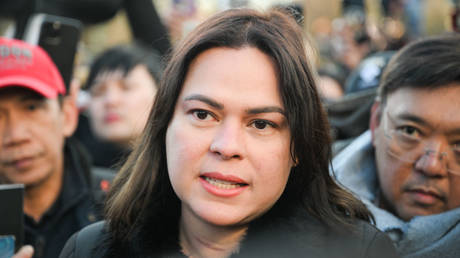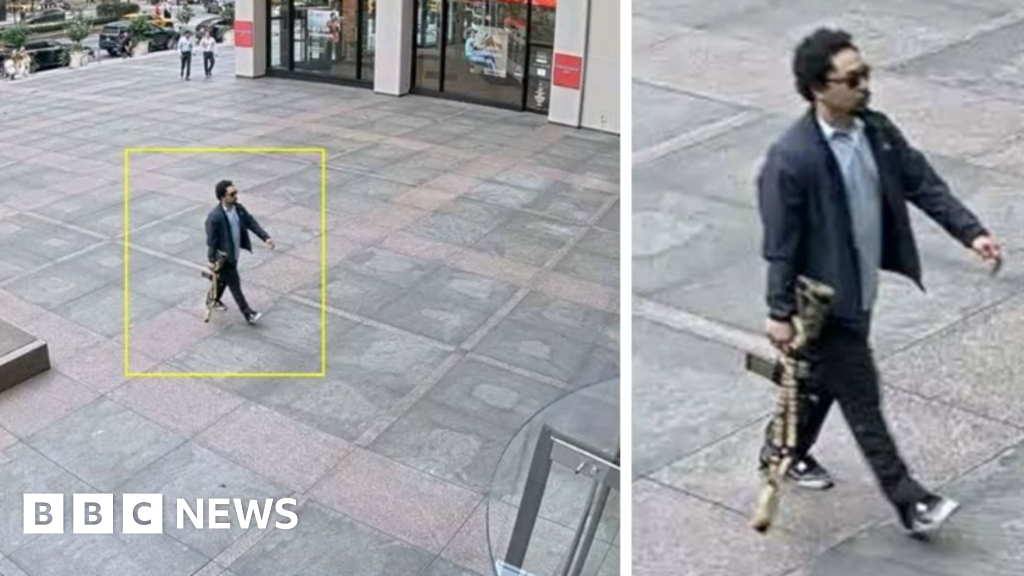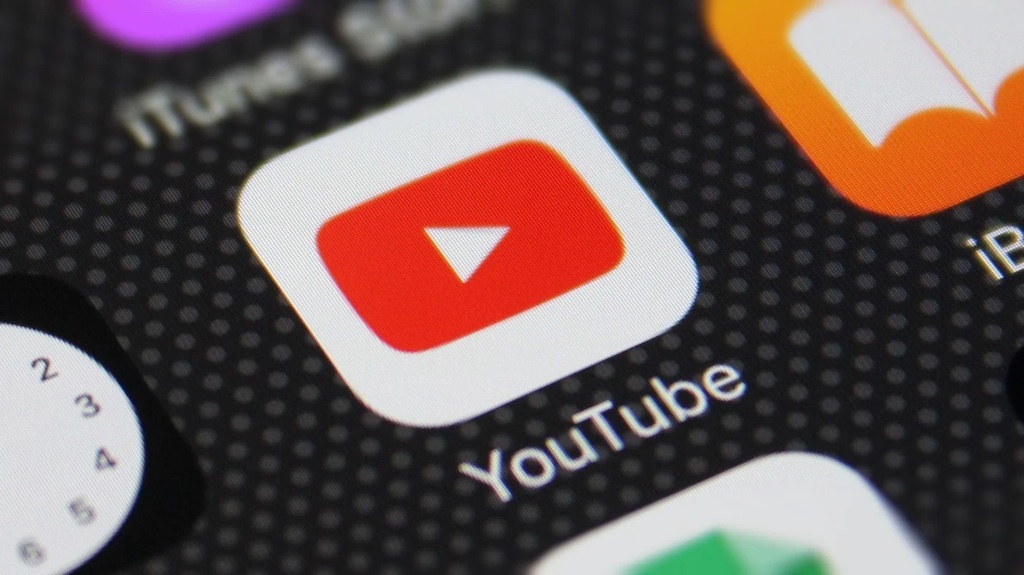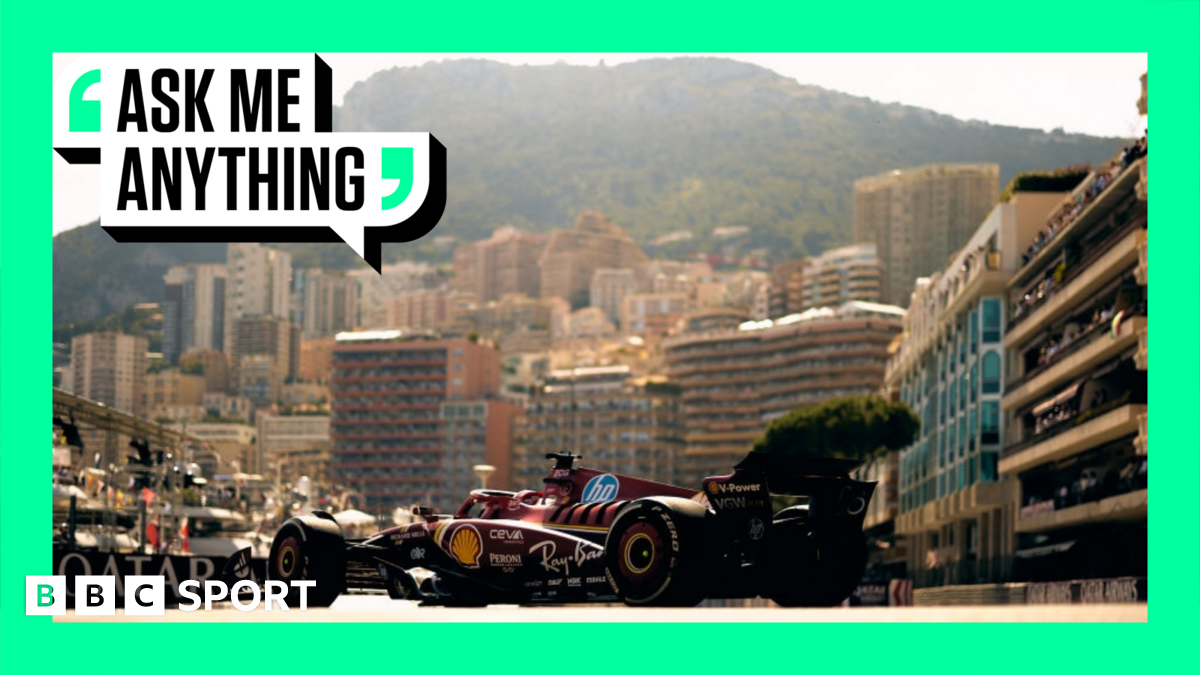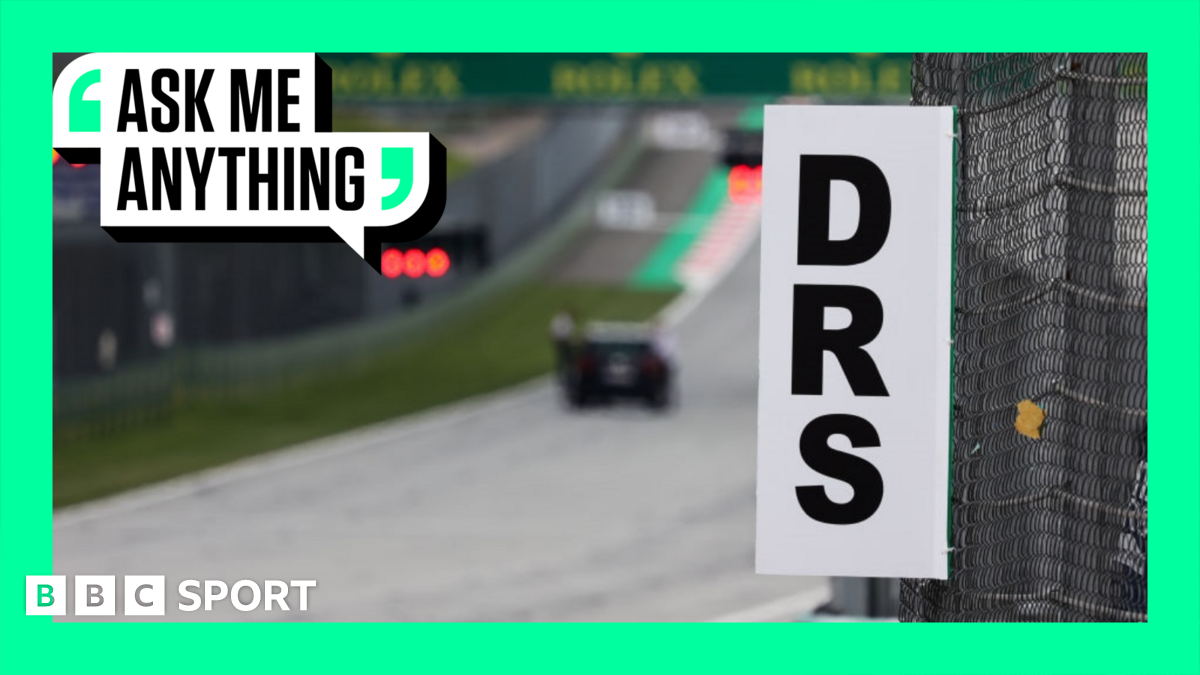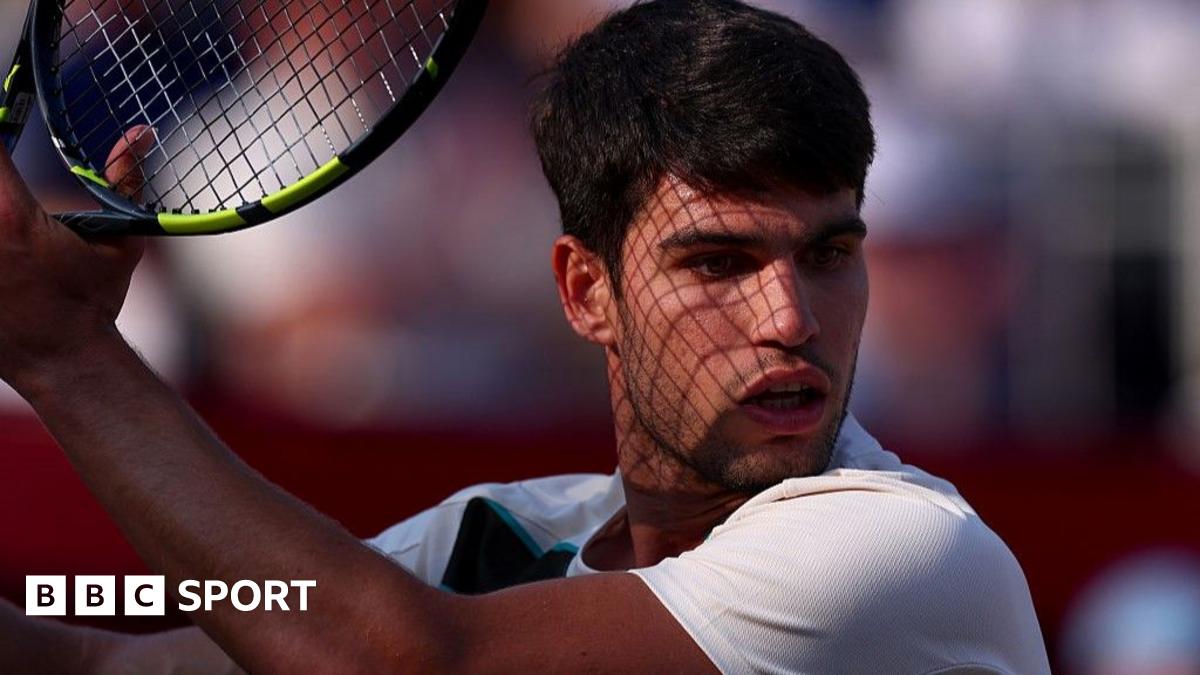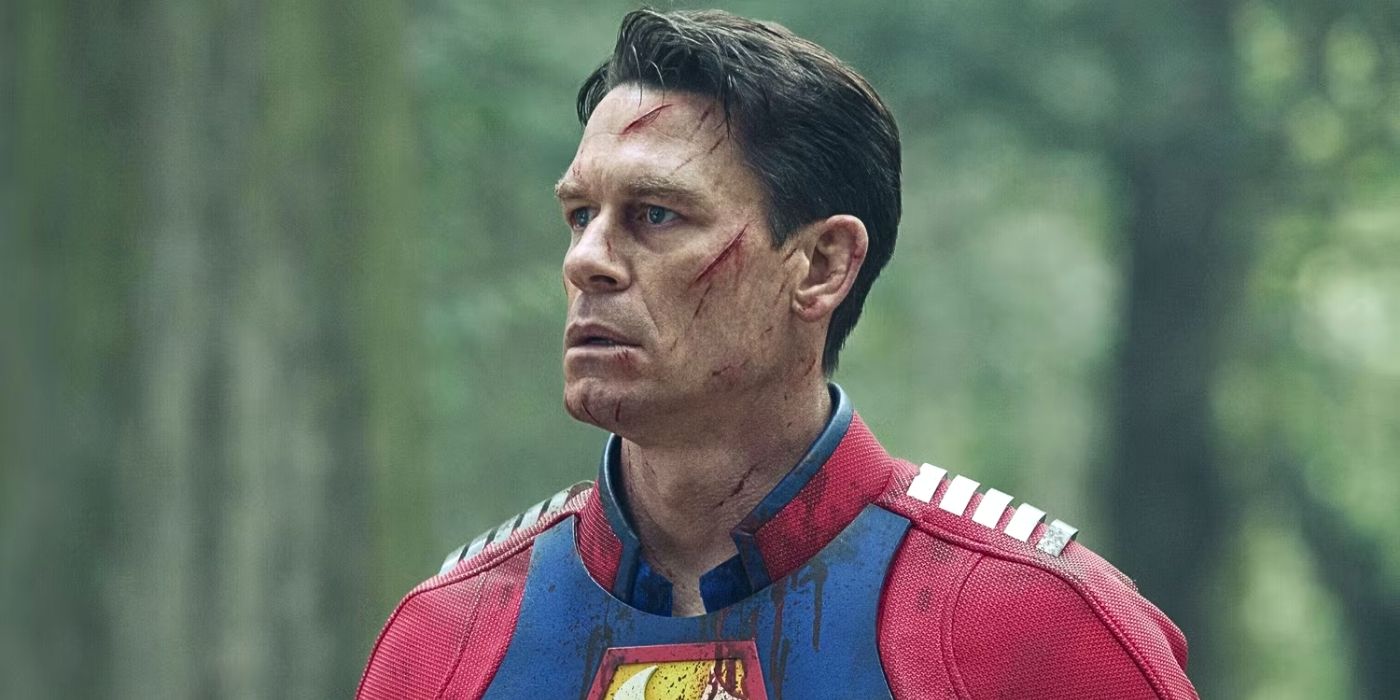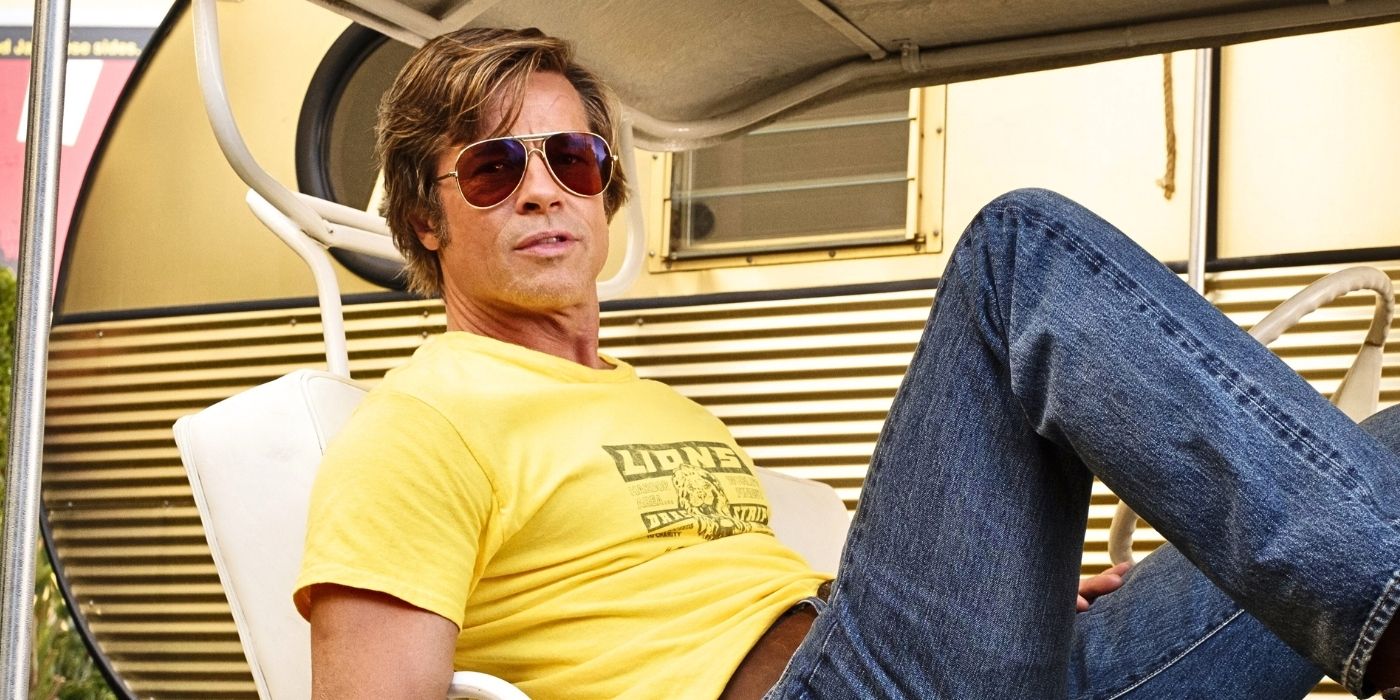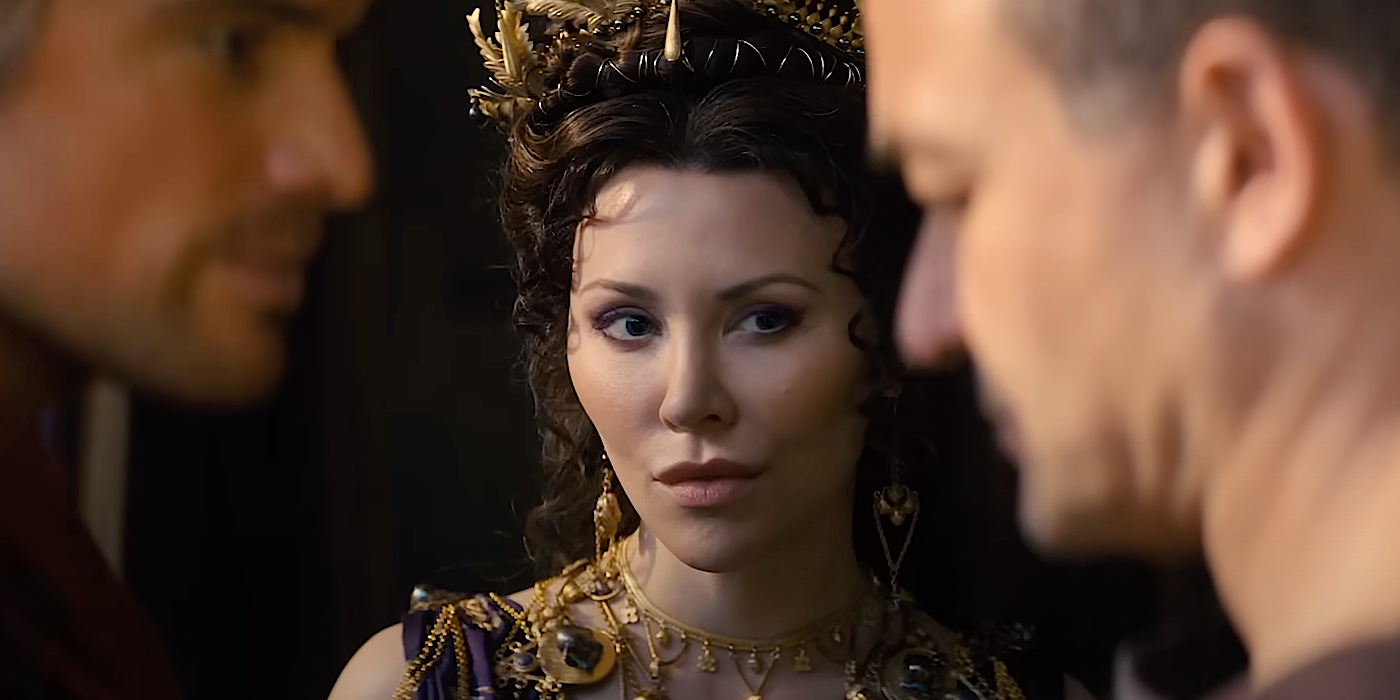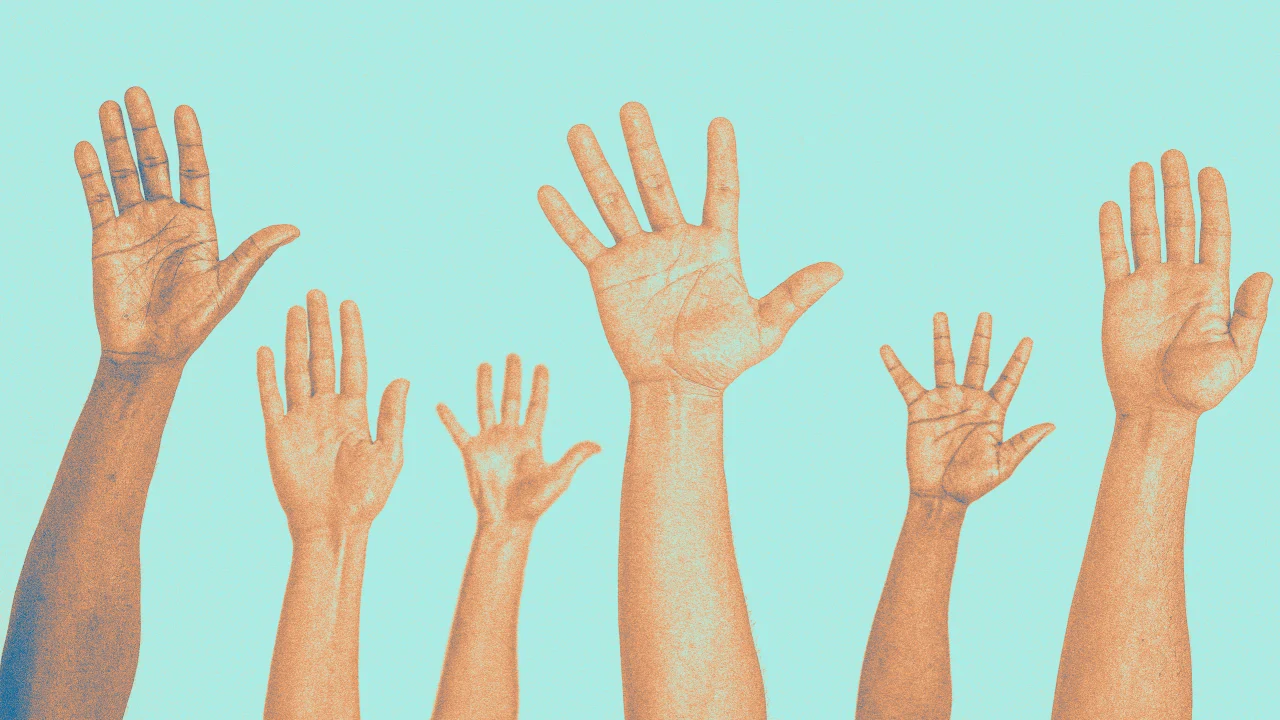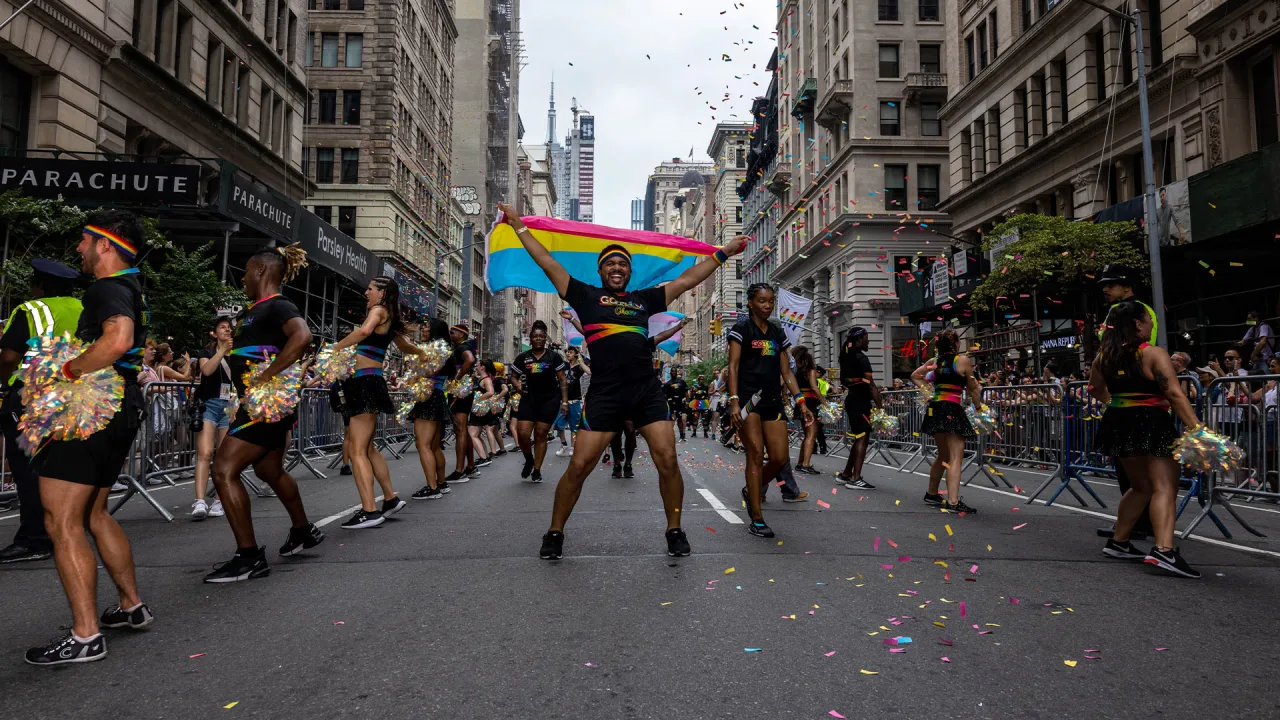The case for making AI your creative brainstorming partner

Creativity has been heralded as our last irreplaceable skill, the one thing machines could never touch. Yet in offices everywhere, teams hit the same walls: blank screens, stale ideas, the exhausting churn of brainstorming sessions that go nowhere. The promise of human ingenuity feels increasingly at odds with the reality of modern work, where the demand for fresh thinking has never been higher, but the conditions for producing it have never been worse.
It’s awkward to admit, but we’re not brainstorming the way we used to. It’s not that we’ve lost the ability. Creative thinking remains the lifeblood of everything from product development to marketing campaigns.
But the uncomfortable truth is that we no longer have the luxury of time for the classical creative process. The slow simmer of ideas, the meandering discussions, and the trial and error that once defined innovation have been compressed into frantic sprints. We’re still creative, but we’re drowning in the busywork that keeps us from accessing that creativity when we need it most.
We’re in the decade of the creative bottleneck
For years, innovation has unfolded at a breakneck pace, but the evidence suggests things are slowing. The low-hanging fruit of the digital revolution has been picked, and the next wave of breakthroughs requires more than incremental tweaks. Yet the very systems meant to foster creativity have become clogged with bureaucracy and inefficiency.
Consider the latest estimates on how knowledge workers spend their time: they waste 3.6 hours each week managing internal workplace communication, another 2.8 hours searching for or requesting information they need to do their jobs, and an additional 2.2 hours trapped in unnecessary or unproductive meetings. That’s nearly a full day every week lost to process rather than progress.
White-collar workers, especially in tech, were supposed to be the disruptors—the ones breaking old models and inventing new ones. Instead, they’ve become administrators of their own stagnation.
We can’t create more time, but we can rethink what creativity actually is
At its core, creativity isn’t the romanticized lightning strike of inspiration—it’s a grueling, mechanical process. It requires grinding through bad ideas, hitting dead ends, and enduring countless revisions before arriving at something worthwhile.
The hardest part? Ideation—the raw generation of new concepts. Humans aren’t wired to produce fresh ideas on demand. Our brains cling to familiar patterns, get stuck in ruts, and freeze under pressure. But this is precisely where AI excels. Where we see a blank page, an AI sees infinite permutations. Where we fatigue after a dozen iterations, an AI can generate thousands without losing focus.
Here’s the real opportunity: if improving an idea by 5% used to take two weeks of human deliberation, what happens when AI can deliver that same 5% gain in 30 minutes? Suddenly, those incremental improvements compound exponentially. The bottleneck isn’t the quality of our thinking; it’s the speed at which we can cycle through possibilities.
AI is actually very good at the creative process
Where AI thrives is in the parts of creativity that humans find most draining: the relentless generation of variations, the cold-eyed evaluation of options, the pattern recognition across vast datasets. These are the unglamorous foundations of innovation, the behind-the-scenes work that makes the “aha” moments possible.
Think about it. Humans can run at 15 mph tops; cars can go 200 mph. We don’t insist on sprinting everywhere just to prove our legs work. We use technology to extend our natural capabilities. Why should thinking be any different?
Humans simply aren’t built to crank out a hundred versions of a logo, or a thousand variations of a marketing message, then dispassionately select the strongest. Our attention falters, our judgment clouds, our patience wears thin. But for AI, this is trivial. It doesn’t need coffee breaks or pep talks. It doesn’t get attached to pet ideas or succumb to groupthink. It just generates, analyzes, and iterates—exactly the skills needed to break through creative logjams.
This isn’t about replacing human judgment. It’s about augmenting it.
The real value of AI lies in its ability to handle the brute-force labor of creativity, leaving us free to focus on what humans do best: refining, contextualizing, and applying ideas with taste and strategic insight. It’s the difference between digging a foundation with a shovel and using an excavator. The end goal isn’t the tool— it’s the building.
We don’t have to cede complete creative control
To be clear, this isn’t about surrendering creativity to machines. AI lacks our intuition, our cultural awareness, our understanding of human nuance; the very qualities that make our best ideas resonate. The breakthroughs of the next decade won’t come from AI working alone, but from humans wielding AI as the ultimate creative accelerator.
The real paradigm shift is recognizing that AI isn’t here to replace human creativity, but to unstick it. For years, we’ve treated brainstorming as a sacred ritual, as if the magic were in the method rather than the outcome. But what if the magic is actually in removing the friction between thought and execution?
We need to let machines do what they do best (generating and sorting possibilities at superhuman scale) so we can focus on what we do best (selecting, shaping, and elevating the best ideas). The next big idea might be waiting in iteration #387—and thanks to AI, we might actually have time to find it.
What's Your Reaction?
 Like
0
Like
0
 Dislike
0
Dislike
0
 Love
0
Love
0
 Funny
0
Funny
0
 Angry
0
Angry
0
 Sad
0
Sad
0
 Wow
0
Wow
0




